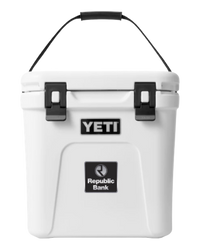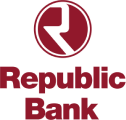Planning for retirement is a strategy you should start investing in as soon as you’re financially able to. The earlier you start, the more you will be able to save. Regardless of when you start, it is important to understand your retirement planning options, how they compare to each other, and what the most suitable one is for you.
What is a 401(k) and how does it work?
A 401(k) is a retirement savings plan that is typically provided by an employer and comes with several tax advantages. Although some self-employed professionals may qualify for a solo 401(k) plan, most of the most common options are included as part of an employee benefits package. The employee agrees to have a certain percentage of their paycheck dedicated to an investment account.
Employers typically offer 401(k) plans with matching contribution plans in which they match up to a certain dollar amount an employee contributes. In 2022, employees under 50 years old can contribute up to $20,500 per year. The total employee and employer combined contribution cannot exceed $61,000 per year. Catch-up contributions are available for employees older than 50, and the maximum contribution per employee is $6,500.
There are two basic types of 401(k) plans, which differ based on their tax advantages.
- Traditional 401(k) — With this plan, employee contributions are taken from gross income, which means the money is deducted from their payroll before income taxes are applied. Taxable income is reduced and can be deducted from the employee’s tax return for that year. There will be taxes to pay on these earnings once withdrawn from the account.
- Roth 401(k) — A Roth 401(k) deducts the contributions from the employee’s after-tax income. Because of this, the employee can’t deduct any contributions when they file taxes. In addition, they will not have to pay any additional taxes on money withdrawn from the account during retirement. Not all employers offer Roth 401(k)s.
What are IRAs and how are they different?
Any individual with earned income and a desire to save for retirement can open an IRA (Individual Retirement Account). Even those who have a 401(k) plan provided by their employer can open a separate IRA. You can choose from a variety of investment options, such as stocks, bonds, mutual funds, and exchange traded funds (ETFs). A self-directed IRA also allows you to invest in things like real estate and commodities.
You can open an IRA through a bank, investment company, or broker. Some of the most common IRAs vary based on eligibility, tax advantages, and withdrawals, and they include:
- Traditional IRA — If you don’t have an employer-provided plan, traditional IRA contributions are tax deductible. The amount you contribute per year reduces your taxable income by that much. The cap is $6,000 per year (or $7,000 for catch-up contributions). When you (or your spouse) have an employer plan, your modified adjusted gross income determines how much you can deduct from your IRA.
- Roth IRA — The contributions to the account cannot be deducted, but you do not have to pay taxes on investment earnings, and you can withdraw money from the account without incurring income taxes. You can also contribute to a Roth IRA with eligible income regardless of your age and are not required to make minimum withdrawals after retirement.
- SEP IRA — Self-employed freelancers, contractors, and small business owners can open a simplified employee pension (SEP). These plans have the same tax rules as a traditional IRA and a maximum contribution of the lesser of 25% of compensation or $61,000.
Start today!
Whether you choose a 401(k) or an IRA (or both), you’re already on the right path toward planning for retirement. There’s much more that comes with retirement planning and there are many strategies to help you optimize your plan to it’s fullest potential — for more information about reaching your retirement goals, reach out to our dedicated team at 800-526-9127 or head to our website for more financial management tips.








